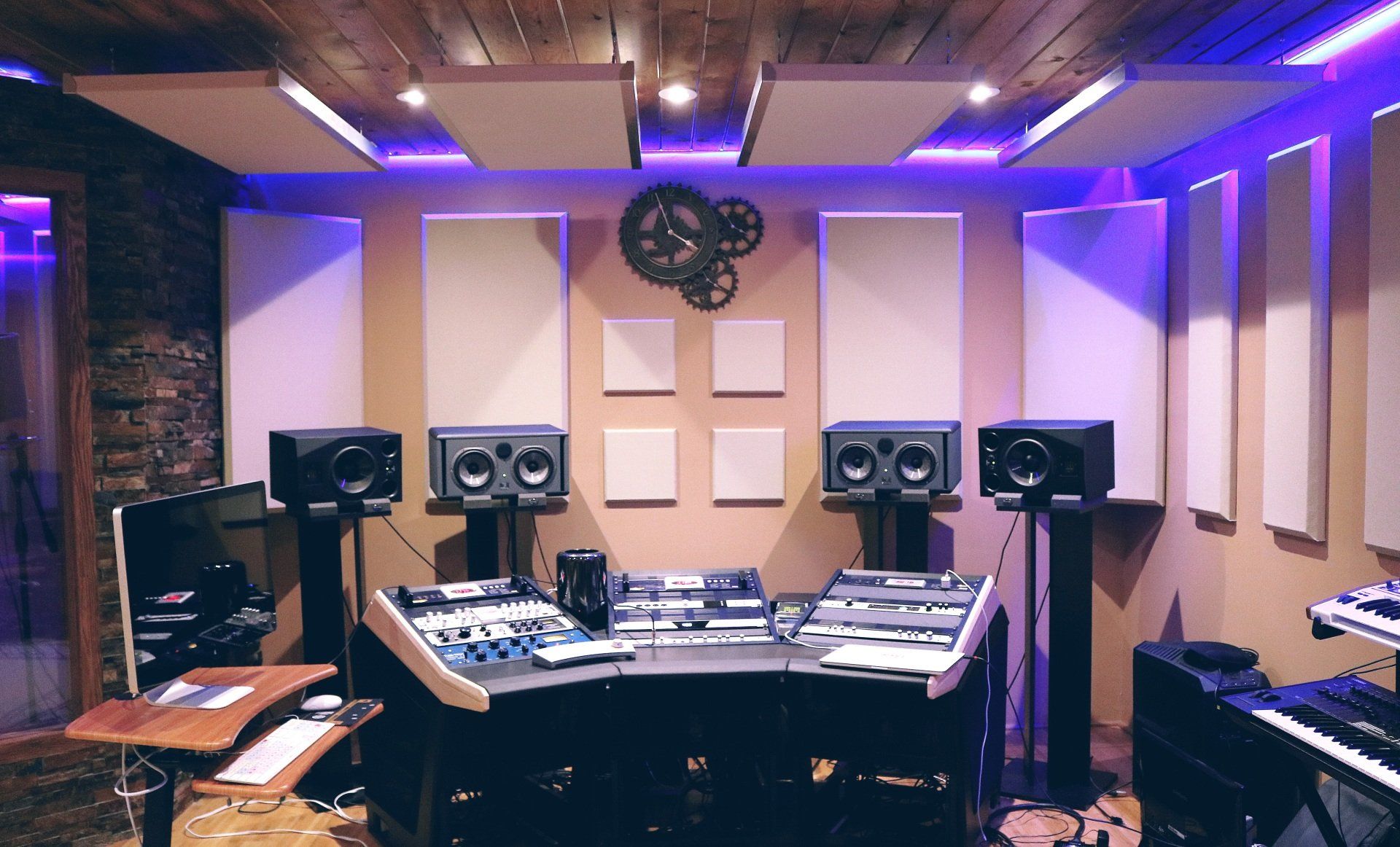Essential Laws and Rules for Effective Noise Mitigation Explained
Essential Laws and Rules for Effective Noise Mitigation Explained
Noise mitigation is a complex yet crucial aspect of creating peaceful environments, and understanding the science behind it can make a world of difference. Here, we break down some fundamental laws and rules of thumb that play a pivotal role in comprehending and measuring sound and noise levels.
1. **50% Quieter Means a 10 dB Reduction**
Customers often approach us aiming to reduce noise in a space, occasionally confusing decibels with loudness. The truth is, for every 10 dB reduction, the noise is halved. So, when someone targets a 40 dB noise level from an initial 80 dB source, the correct reduction would be to 70 dB, not 40 dB. Understanding this helps manage expectations and achieve realistic noise reduction goals.
2. **Doubling Mass Increases STC by 5 dB**
Increasing the mass of a noise barrier seems intuitive in preventing sound transmission. Indeed, it's a rule that doubling the mass leads to a 5 dB increase in the Sound Transmission Class (STC). As we've learned, a 10 dB reduction signifies a 50% decrease in noise, making a 5 dB increase notably impactful.
3. **Barrier Height and Length vs. Noise Source**
When deploying a barrier to mitigate noise transmission, proximity matters. Ideally, the barrier should be as close to the noise source as possible and should double the height and length of that source. This holds particular significance in outdoor settings like construction sites or sports facilities. If you can see a loud noise source, chances are you'll hear it unless the barrier's dimensions outmatch those of the source.
4. **Sealing Gaps and Airways**
Identifying gaps and airways leading to the area of concern is a crucial step in resolving noise issues. Whether it's doorways, ceilings, or ductwork, sealing these gaps significantly reduces sound transmission between spaces.
5. **Inverse Square Law of Sound**
Understanding the principles of sound transmission helps grasp why noise diminishes as distance from the source increases. According to the Inverse Square Law of Sound, in an open field scenario, every doubling of distance away from a noise source results in a -6 dB reduction.
6. **Logarithmic Addition of Noise Sources**
When dealing with multiple noise sources, it's essential to recognize that decibels follow a logarithmic, not additive, pattern. Combining two 45 dB sources doesn't result in 90 dB but rather an astonishing 250% increase in sound! To manage this, there's a rule of thumb for adding noise sources based on their differences in dB levels, ensuring a more accurate assessment.
Understanding these fundamental laws and rules is key to effectively tackling noise issues in various settings. Applying this knowledge can significantly contribute to creating quieter, more serene environments.









